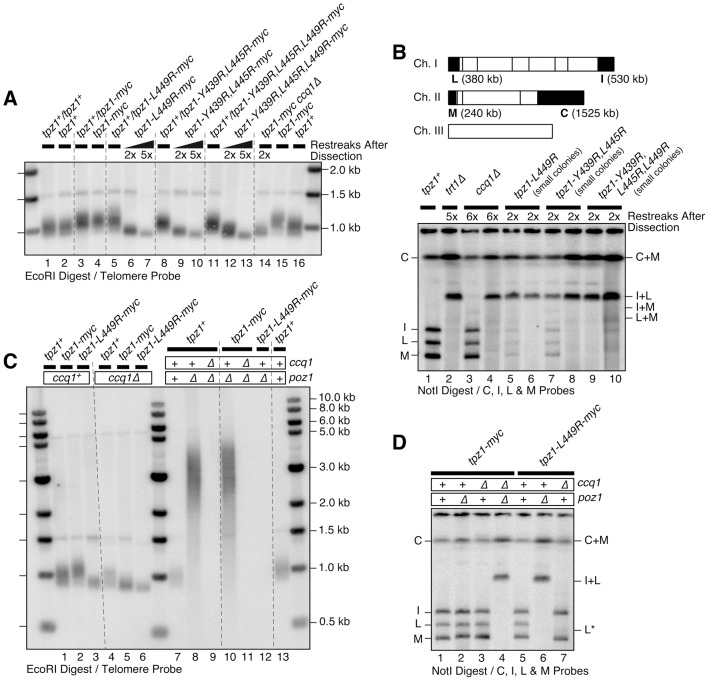Figure 4. Effects of Tpz1-Ccq1 interaction disruption mutations on telomere maintenance.
(A) Southern blot analysis of telomere length for indicated Tpz1-Ccq1 interaction disruption mutants. Haploid cells were generated by dissection of spores derived from heterozygous tpz1+/mutated tpz1 diploid cells, and restreaked twice or 5 times on plates prior to preparation of genomic DNA. For each round of restreak, several faster growing colonies were combined and streaked for single colonies on YES plates. (B) Pulsed-field gel analysis of telomere fusions for early generation small colonies of Tpz1-Ccq1 interaction disruption mutants, which showed prominent I+L fusion band as well as much fainter bands for I+M, L+M, I, L and M bands. C and C+M bands could not be distinguished by size. A NotI restriction map of fission yeast chromosomes is shown on top with telomeric fragments from chromosomes I and II marked with black boxes (C, I, L and M). (C) Epistasis analysis for telomere maintenance phenotype of Tpz1-Ccq1 disruption mutants against ccq1Δ or poz1Δ by Southern blot. Cells were restreaked 5 times on plates prior to preparation of genomic DNA to achieve steady state telomere length, except for tpz1-myc ccq1Δ poz1Δ and tpz1-L449R-myc poz1Δ cells where DNA from survivors with circular chromosomes were made after restreaked twice on plates. (D) Epistasis analysis for telomere fusions by pulsed-field gel for indicated combination of tpz1 mutants, ccq1Δ and poz1Δ. For (C–D), samples were prepared from early generation cells after strains were generated by genetic cross of parental haploid strains and dissection of resulting double mutant spores.

